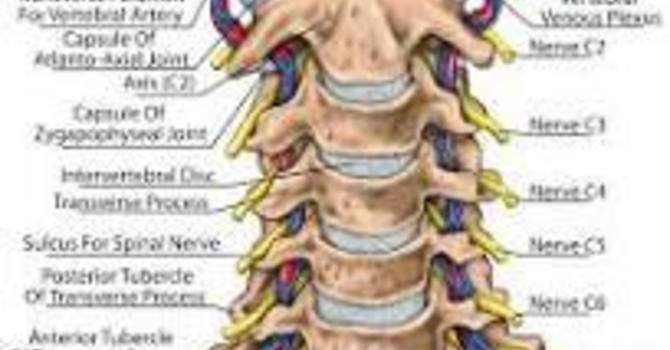Today I thought we’d change the pace a bit from the chiropractic specific topics and discuss strength training and endurance training. I think the best place to start is with the stereotypical physique differences between these two groups. Let’s make sure we are on the same page here... Weightlifters are big, burly men with lots of muscles and testosterone. Curls for the girls, am I right? And the endurance runner, thin and lanky, outdoors in the rain or shine to log their miles for the week. Most look like they’ve never set a foot in a weight room.
Physique differences are just the biggening though, it goes way beyond that to a physiological difference. Let’s start with gym goer and weightlifter. Clearly, they hold more muscle mass, but why is this? Why do they typically suck at cardio on top of that?
The energy demands are much different for the gym goer. Typically lifting weights is an anaerobic exercise. This means it doesn’t utilize oxygen for energy, because the exercise is much shorter than cardio. Performing a single set of an exercise in the gym typically is less than 30 seconds in duration and high in intensity, which is makes it anaerobic. Anaerobic exercise requires ATP and creatine phosphate only for energy. These forms of energy are supplied by the muscle directly that are utilized in the specific exercise, i.e. the quads during a barbel squat. Blood flow and oxygen are important in recovery of the muscle, but not necessary for the exercise itself.
If only it was as simple as that. People who really excel at lifting weights and can put on muscle fast most likely have more type II muscle fibers, that are ideal for producing ATP. Its counterpart being Type I fibers, but we’ll discuss it in greater detail soon. In addition to muscle fiber type, crosss sectional area of the muscle matters too. More muscle mass, more energy production that’s available for those short bursts of intense muscle contractions. Lifting heavy weights feed this process. For all you nerds out there, this applies the SAID Principle... Specific Adaptations to Imposed Demands. Your body adapts to the demands placed upon, hence the bigger muscles from consistent weight training.
The Said Principle applies to endurance athletes, too. Their energy demands are much different from the avid weightlifter. Let’s say a runner is training for the Flying Pig Marathon in May. It takes hours and hours of running, increasing in mileage the closer it gets to race day (except for the 3-week taper, of course). Runners are utilizing the aerobic energy, which means it needs oxygen to supply ATP. To keep it simple, glycogen stored in the muscles needs oxygen to be converted to energy (ATP) through a process called the Krebs cycle. Can you guess the muscle fiber type that’s ideal for this process? That’s right! Its Type I muscle fibers with their large number of mitochondria, an energy producing organelle. This energy source is just shy of infinite. After the body is depleted of muscle glycogen, it may switch to blood glucose. And after that, it breaks down fat. In extreme instances, it will utilize protein for energy, but this is extremely rare and saved for survival situations. This is why marathoners can run for hours and hours.
In addition to energy production differences for the endurance athlete, lets discuss the SAID principle again. Having large muscle mass would be disadvantageous for the runner because it means they are holding more weight than is ideal. That’s why runners are typically thinner than weightlifters, the body becomes more efficient at running by loosing unnecessary weight. Lots of Type I muscle fibers and a lean physique is the perfect combination for a fast marathoner.
So, there you have it! The very basic, surface level reasons for the physique differences between weightlifters and endurance athletes. I must stress that there is A LOT more to it than what I discussed here. I’ll probably get into the weeds more in the future, but this is a good starting place.
Brian Trautman
Contact Me


